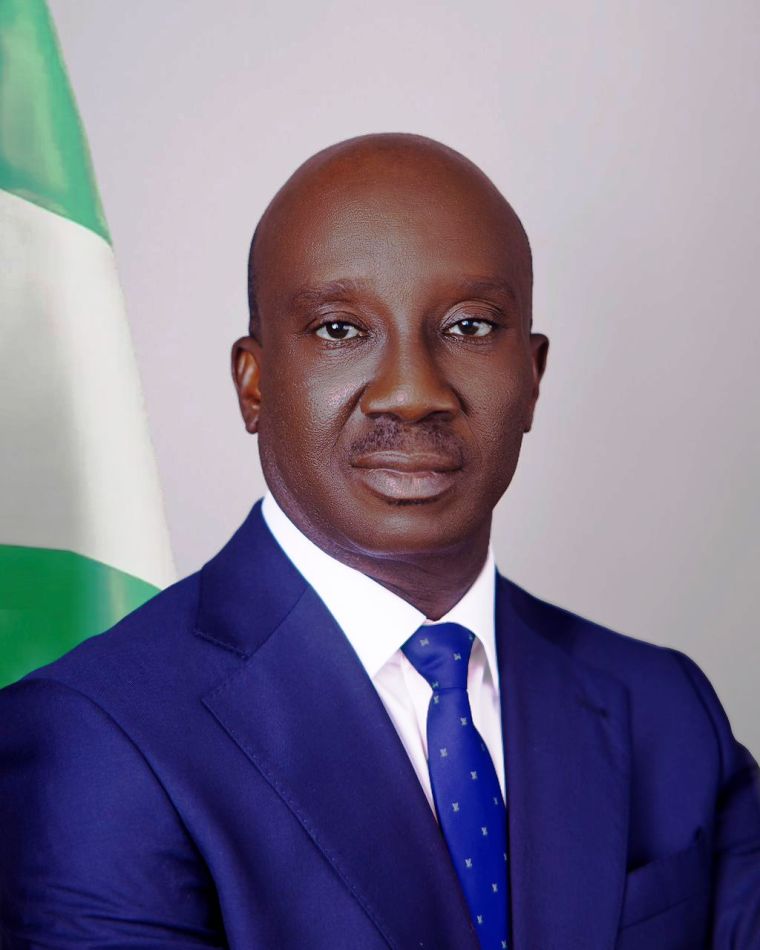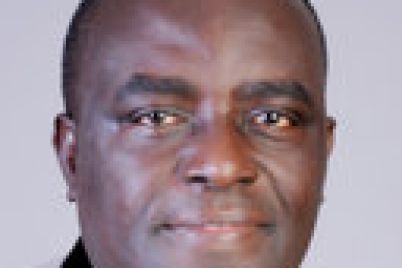
By Frank Meke
The committee set up by the Edo State Governor, Senator Monday Okpebholo, to investigate the controversial developments surrounding the Museum of West African Arts (MOWAA) has opened a critical chapter—one that demands a deeper probe beyond the Palace of the Oba of Benin and the immediate past state administration.
A core question remains: What role did officials of the Federal Government’s antiquities and relics management agency play in what is now unfolding—a modern remake of the 1897 Benin tragedy? This time, however, the script appears to have been crafted in Nigeria, executed in Europe, and presented to an unsuspecting Nigerian audience—until a vigilant governor and a patient Oba disrupted the plot.
The MOWAA project was not designed to fail. It was a carefully scripted initiative packaged under government cover—promising opportunities for young artists, foreign scholarships, and funding support. Beneath that glossy presentation, however, was a subtle machinery positioned to facilitate a quiet recolonisation of Benin’s priceless heritage.
Benin Kingdom is no stranger to artistic brilliance. Every quarter echoes with centuries-old craftsmanship—woodwork, bronze casting, sculptural masterpieces. Benin City, the Edo State capital, remains Nigeria’s hub of cultural creativity with untapped tourism potential. Yet, this is only one layer of the wider MOWAA saga.
The Oba of Benin, following the wisdom of his ancestors, confided in former governor Godwin Obaseki on the urgent need to return looted Benin artefacts. He further entrusted a senior official of the National Museum and Monuments with detailed documentation of over a thousand iconic artefacts scattered across Europe and America—including information on funding pathways to protect them upon their return.

Tragically, reports now suggest that the senior official, alongside associates, betrayed this trust and aligned with the Obaseki administration, thereby igniting what many are describing as a re-enactment of 1897 in 2025—a new wave of “re-looting” that has made a comprehensive audit of Nigeria’s Museum and Monument system an urgent national necessity.
The Oba of Benin is not one of those frivolous custodians of culture. He is widely respected for his wisdom, restraint, and depth. His recent interview in Sunday Vanguard (November 16) narrated how the senior Museum official allegedly disappeared after receiving sensitive documents relating to the artefacts. That revelation alone suggests a brazen intellectual robbery and a potential scam serious enough to attract the Economic and Financial Crimes Commission (EFCC). The EFCC must act.
Olugbile Holloway, Director-General of the National Museum and Monuments, must demand accountability from the implicated official(s). This is not just about disrespecting the revered Oba of Benin—it is about betraying Nigeria’s cultural heritage for personal gain.
Holloway must go beyond surface investigations. A full audit is required:
- How much funding was donated by foreign governments or private interests towards the MOWAA project?
- Which Museum officials were involved at any stage?
- What processes led to the relocation or return of artefacts?
- Were there deliberate attempts to sideline the Palace of the Oba or Edo State institutions?
The global black market for antiquities is ruthless. Private collectors and underground networks pay millions of dollars for iconic pieces. This environment reinforces the fear that MOWAA may have been compromised by interests close to the former administration—perhaps to derail the original plan for the Benin Royal Museum, later rebranded as the Edo Museum of West African Arts (EDOWAA), and eventually renamed MOWAA.
As Nigeria anticipates a transparent investigation, Mr. Holloway must seize this moment to restore the credibility of the National Museum and reaffirm its constitutional role as custodian of the nation’s cultural heritage.

The troubling reports of European Union officials and ambassadors entering Benin City en masse—without formally notifying the Edo State Government—raise even more questions. It is a disturbing development that must not be ignored. The six-man committee led by Senator Adams Oshiomhole must dig deep to uncover the truth behind the MOWAA project.

Beyond the indicted museum officials, the committee must also examine the role of the MOWAA directors. Notably, in April 2023, Mr. Philip Iheanacho held a press conference in Lagos on the Edo Museum of West African Arts (EMOWAA). What role did he play in this unfolding saga? The public deserves answers, and Senator Oshiomhole must provide them.
The MOWAA saga is more than a controversy—it is a national wake-up call. It challenges Nigeria to guard its heritage fiercely, audit its cultural institutions thoroughly, and ensure that history does not repeat itself under new guises.


